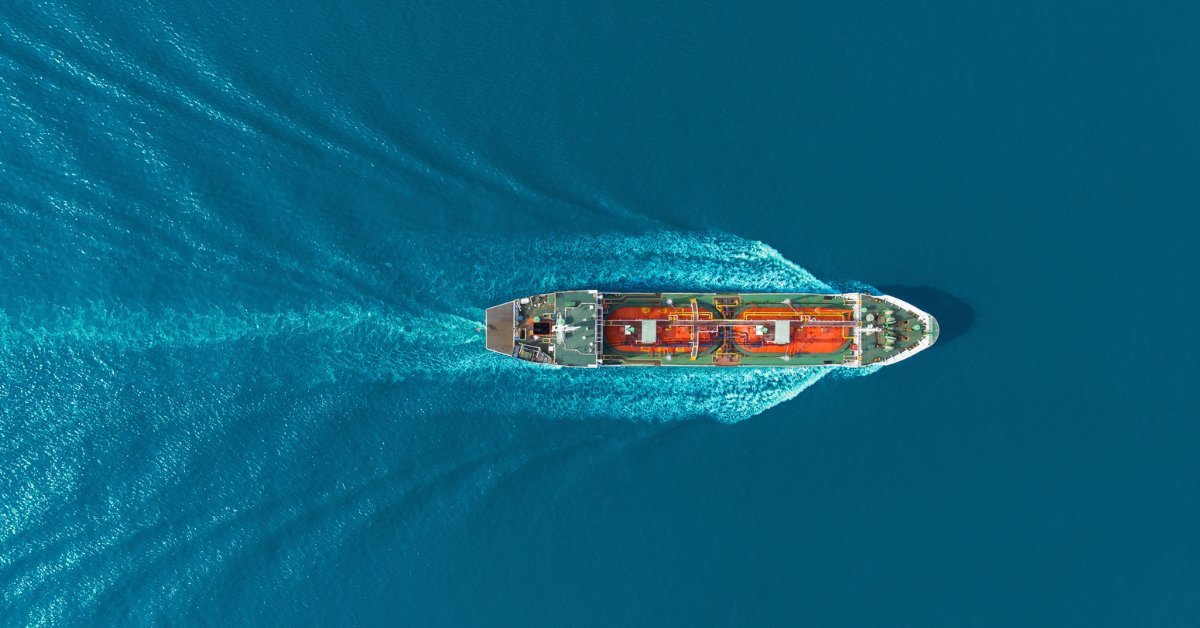Iran’s nuclear ambitions and oil exports: the sunset clause and potential “snapback” of European sanctions
12 May 2025
Sanctions on Iran have historically impacted its oil industry and financial sector. With the upcoming JCPOA sunset clause and the current US campaign of "maximum pressure," the US - Iran nuclear negotiations are critical. Along with potential reinstatement of EU restrictions, the outcome of the deal could lead to an increase in sanctions against Tehran, expanding the list of targeted companies and further hindering the Iranian economy and its oil exports.
By Giulia Corradetti, Security Analyst Intern
The EU and US have traditionally used economic sanctions to pressure Iran, encompassing various sectors, with the oil industry being the primary focus. These measures have targeted individuals and entities involved in the sale, transport, and marketing of Iranian oil. In this context, the Iranian nuclear programme has been the driver of discussion of these economic restrictions. The Joint Plan of Action (JCPOA) in 2015 aimed to ease sanctions on Iran in exchange for nuclear limitations. However, after the US withdrew in 2018, most of the restrictions were reintroduced. Today, the upcoming JCPOA sunset clause – expiring in October 2025 – could potentially reinstate European sanctions on Tehran.
EU sanctions primarily focused on the financial, shipping and oil industry. They targeted entities involved in financial transfers to and from Iran, banking relationships, and any financial support for Iran’s trade. Additionally, sanctions restricted the import, purchase, swap and transport of crude oil and petroleum products from Iran, as well as any involvement with the oil industry. Furthermore, they restricted the supply, transfer, and export of naval equipment and technology for shipbuilding and maintenance and allowed EU member states to seize and dispose of cargoes to and from Iran within their territories. Sanctioned entities experienced asset freezes and were prohibited from making funds and economic resources available.
At the end of 2024 Britain, France and Germany have informed the UN Security Council of the potential “snap back” of the sanctions on Iran if a nuclear deal is not achieved. This reinstatement is permissible only until the expiration of the sunset clause. Thus, finalising a nuclear agreement before October 2025 is necessary to prevent this outcome. The EU seeks to restore the deal, but the US and Iran are disputing the terms. Negotiations are ongoing.
The current Trump administration is implementing a “maximum pressure” strategy against Iran’s nuclear programme and oil exports, with the aim of reducing its exports to zero. Like the European sanctions, these measures target entities and individuals involved in transporting Iranian petroleum products, and in general anyone who knowingly conduct or facilitate the oil trade, potentially banning them from using the US banking system. These actors can be targeted regardless of their location or nationality.
In March 2025, a Chinese firm was penalised for receiving Iranian oil, followed by sanctions on seven entities and two vessels from the UAE, Turkey, and Iran in April. Financial institutions are also restricted, with secondary sanctions preventing businesses trading Iranian oil from engaging with the US. These restrictions can be extended to those who indirectly support or enable these activities, including third-party actors like Iranian-based cargo inspection companies.
Sanctions have consistently been employed as a strategic tool to exert pressure on Iran, primarily by targeting its vital oil exports. As negotiations around the nuclear deal continue, there is a growing anticipation that the list of entities in the maritime field subjected to these sanctions will expand, especially if the EU decides to reimpose its sanctions in the absence of a new agreement.
RISK ASSESSMENT REPORTS:
Enhance your decision-making with Risk Intelligence's comprehensive risk assessment reports
Tailored to your needs, our reports offer in-depth analyses of threats for specific operations, regions, or routes. Whether it's the Voyage Risk Assessment for operational readiness or the Security Risk Assessment for strategic planning, our insights equip you with the knowledge to mitigate risks effectively.

